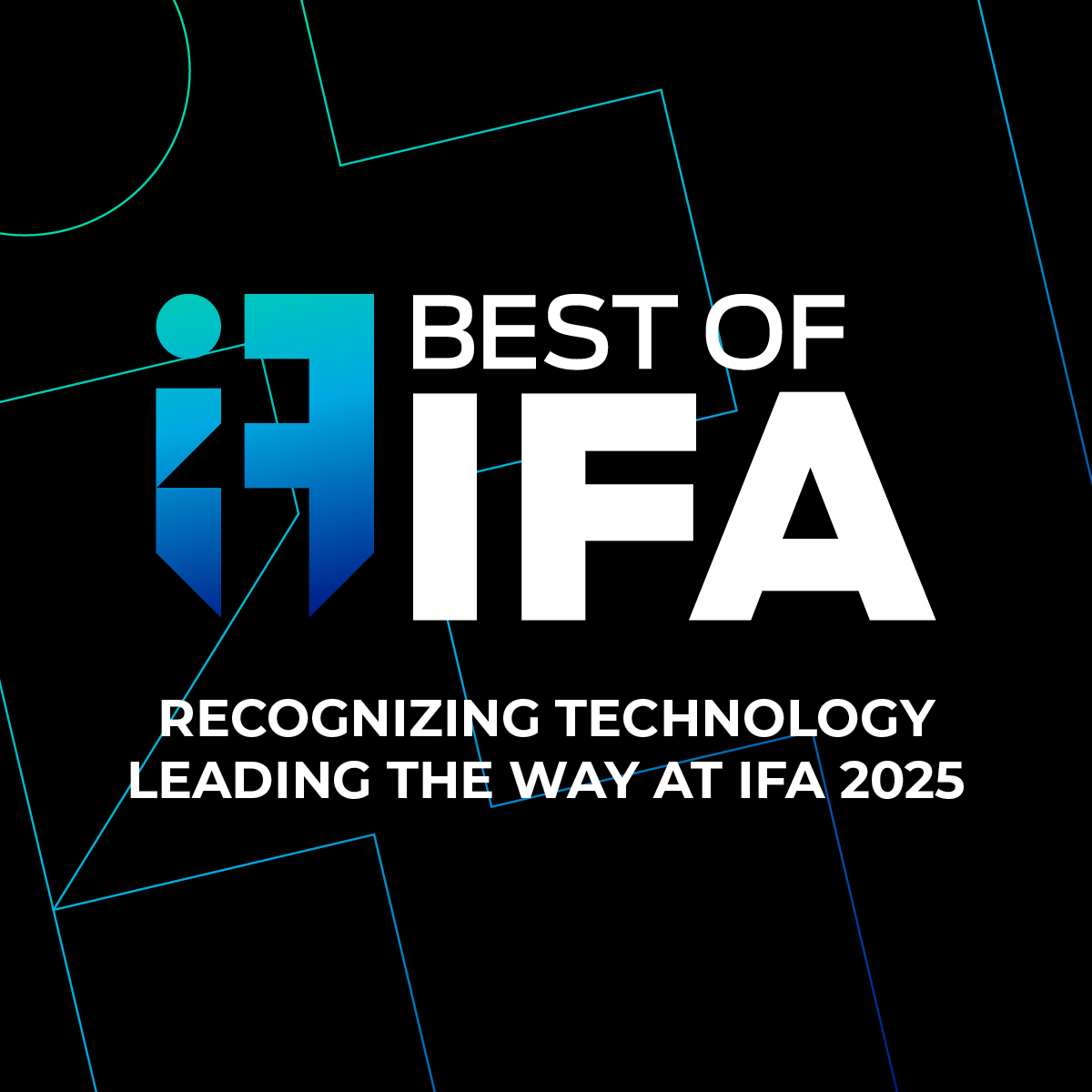The Latest Call Center IVR Upgrades Are Slashing Wait Times

Interactive voice response (IVR) systems route calls and handle basic queries. Call center IVR systems are specialized versions designed for much higher call volumes.
For many years, call center IVR systems were clunky and hard for end-users to modify on their own. Want to reroute a call path? Call the vendor and wait three months.
Call center IVR systems today are a lot easier to set up and maintain. There are also a slew of new and improved features that are optimizing call center performance: decreasing wait times, increasing first call resolutions, offering self-service options to enable buyers, and more.
We’ll take a look at standard call center IVR features, explore premium options, and examine cutting-edge capabilities like conversational IVR and chatbot call deflection. We’re only talking about IVR systems that can handle the volume and complexity of call center traffic. As you start to price out your options in the wild, you’ll notice how much more expensive IVR for call center software is compared to business phone system IVR — they really are two discrete products.
What should come standard with a call center IVR?
I would not recommend trying to use a simple auto-attendant system to attempt to triage calls at a call center. You really want something that can handle the task, which should include:
- Automatic routing: Uses voice prompts to guide callers through the menu, providing quicker resolutions and freeing up agents to tackle more complex issues.
- Text-to-speech: Converts digital text into spoken voice, enabling automated responses to be easily understood by callers.
- Self-service options: Allows customers to perform basic tasks like account balance checks or appointment scheduling without agent assistance.
- Hold music or message: Plays music or informational messages while callers are on hold, keeping them engaged during wait times.
- Call recording: Automatically records calls for quality assurance and compliance purposes.
- Caller ID recognition: Identifies the caller based on stored data, facilitating quicker issue resolution.
- Time-based routing: Directs calls to different agents based on the time of day. This ensures callers are connected to the most appropriate resources at any given time.
- Call transfer: Enables seamless transfer of calls without losing the caller’s information. This means customers don’t have to repeat themselves, making the call more efficient and less frustrating.
- Interactive menus: Provides a series of voice prompts that lead callers through a series of choices, which increases self-service success rates.
These core features collectively make for an efficient and satisfying experience for callers while easing the workload for call center agents. The goal is simple: faster, smarter service with less hassle all around.
What about premium call center IVR features?
For some call centers, these will be nice-to-have features, for others, they will be must-have. Either way, you shouldn’t be surprised if some vendors do not include these features with basic plans, or only include them as an add-on service.
- CRM integration: Syncs up with your CRM software, providing instant access to customer profiles during calls. Call center or contact center CRM integration greatly reduces manual data entry, enables agents to offer more personalized service, and collects extremely valuable customer data.
- Payment processing: Enables secure and automated transactions over the phone for things like bill payments, reducing the risks of human error and fraud.
- Skills based routing: Matches calls with agents who have the specific skills needed, like language proficiency or expertise in a certain area. This speeds up problem-solving and should ultimately result in happier customers.
- Automated callbacks: Offers callers the option to get a callback instead of waiting on hold. This frees up phone lines and cuts down on wait times.
- Automatic speech recognition (ASR): Transforms spoken words into text in real time. It’s crucial for keeping records and enhancing communication quality, helping agents better understand customer needs.
- Real time analytics: Provides instant insights into call data. This feature helps you monitor agent performance and fine-tune your operations.
- Advanced call distribution: Goes beyond skills-based routing by considering other variables like agent workload, historical performance, and real-time analytics. This ensures that calls are distributed in the most efficient manner possible.
- Multi-language support: Provides menu options and responses in multiple languages to accommodate a diverse customer base.
Investing in these premium features can significantly improve how your call center handles high volumes or caters to a varied clientele. They’re not just bells and whistles. They’re tools that can give you a competitive edge.
The latest call center IVR features
While other parts of the market struggle to capitalize on large language models and machine learning, AI is already having an impact on call centers and has been for a few years now.
IVR has been directly impacted by changes in technology, introducing new features that go far beyond basic voice prompts and menu options. From conversational IVR systems that leverage AI to Sentiment Analysis that reads the mood of the conversation, the future of call center technology is here. Let’s dive into these groundbreaking features that are reshaping how call centers interact with customers.
Conversational IVR
Conversational IVR is a game-changer, replacing rigid menu options with natural, flowing dialogues. Imagine calling customer support and having a conversation as if you were talking to a human agent right from the start. That’s what conversational IVR aims to achieve.
Automatic Speech Recognition (ASR) and Natural Language Processing (NLP) are the primary forces that drive this feature. They enable the IVR system to understand spoken language, interpret context, and provide intelligent responses.
The benefits are multifold. Customers enjoy a more intuitive and efficient experience, while agents are freed from handling basic inquiries, allowing them to focus on more complex issues.
Beyond that, the transcribed conversational voice data can now be mined for insights about customer behavior, sentiment, and pain points. If you know how to unlock data value with NLP, a conversational IVR will be a great source of insight.
Interactive video response
Interactive Video Response (IVVR) takes the IVR experience to a whole new level by adding a visual component. It allows customers to interact with menus and options through their smartphones, making the navigation process even more intuitive.
This feature is particularly useful for more complex tasks like tutorials, step-by-step guides, or when visual confirmation is required. It’s like having a customer service rep right there with you, guiding you through the process visually.
IVVR won’t be useful for every business, but some brands may find it a unique way to enrich the customer experience or reduce the learning curve for using new products. It’s a fresh tactic for brands looking to bridge the gap between digital and physical interactions.
Practically speaking, IVVR can absorb some calls during peak times, if nothing else. Similar to a visual IVR, an IVVR system takes the strain off your live agents by increasing the number of self-service options for callers.
Sentiment analysis
Sentiment analysis is like having an emotional radar built into your IVR system. It monitors the tone and mood of a conversation in real time, providing valuable insights to agents or even changing the course of the interaction automatically.
Bear in mind this is all happening before the caller speaks to an agent — the IVR itself is able to analyze and report issues.
For instance, if the system detects that a customer is getting frustrated, it can alert a human agent to intervene. This offers a more personalized and empathetic customer service experience, which can ultimately lead to more satisfied and loyal customers.
This feature is becoming indispensable, especially in scenarios where maintaining a positive customer relationship is critical for the success of your business.
Chatbot call deflection
Incorporating chatbots into your IVR to increase call deflection is a great alternative to making customers idle in a call queue. When call volumes are high, these chatbots automatically move the customer to a chat interface for a quicker resolution.
A chatbot isn’t going to work for every caller, but some people will appreciate the option and use it. If they don’t want to use the chat, so what, there’s minimal downside.
A well designed chatbot can help users accomplish simple tasks that would normally tie up an agent. This is particularly helpful during peak hours when the phone lines are jammed. Customers get their issues resolved faster, and call centers can manage their resources more efficiently.
Adding this optional pathway in your IVR is one of the best ways chatbots can improve customer service. It eases the workload on human call center agents, decreases average wait times, and offers customers a way to solve their problems on their own.
Source link









